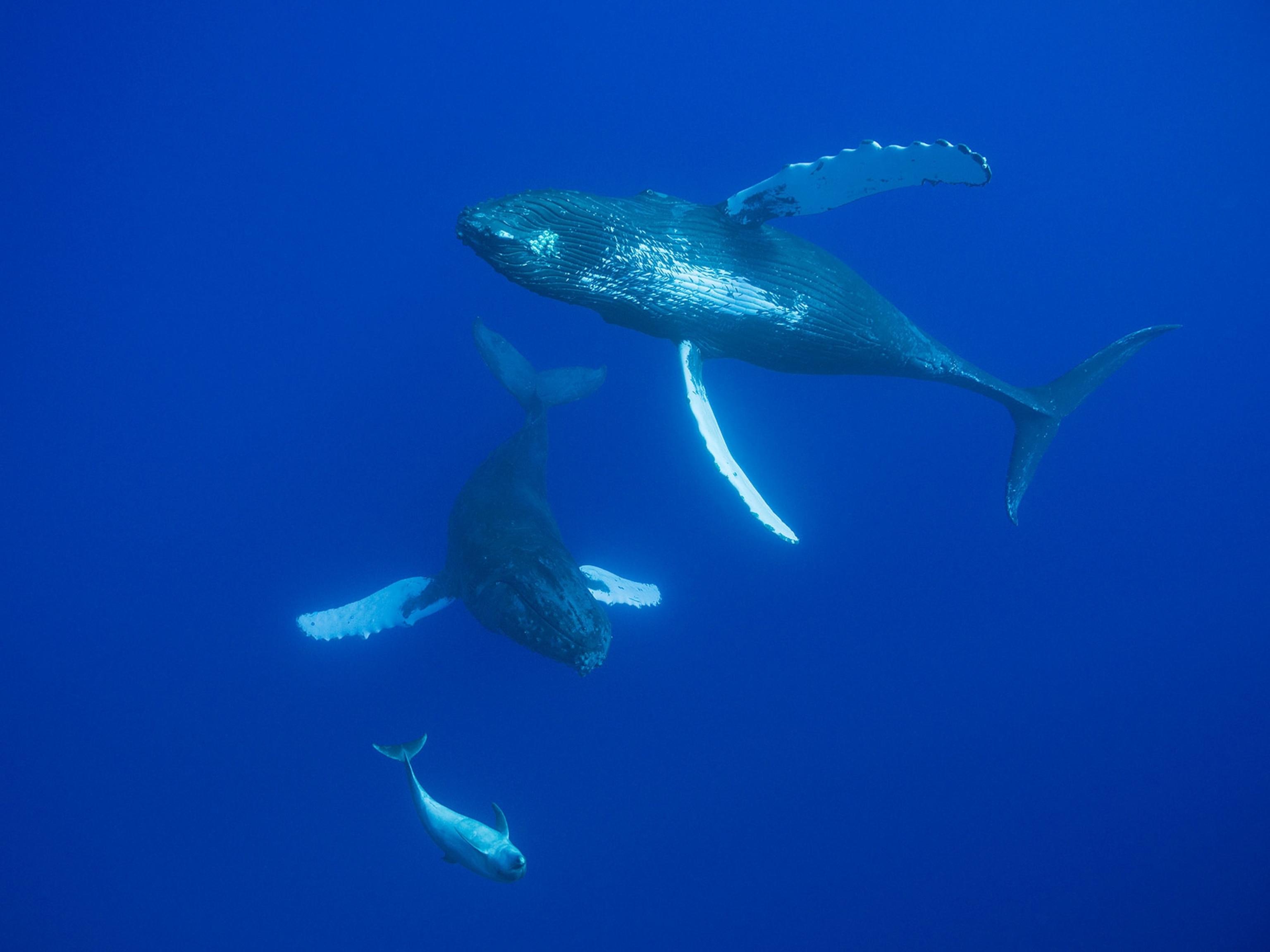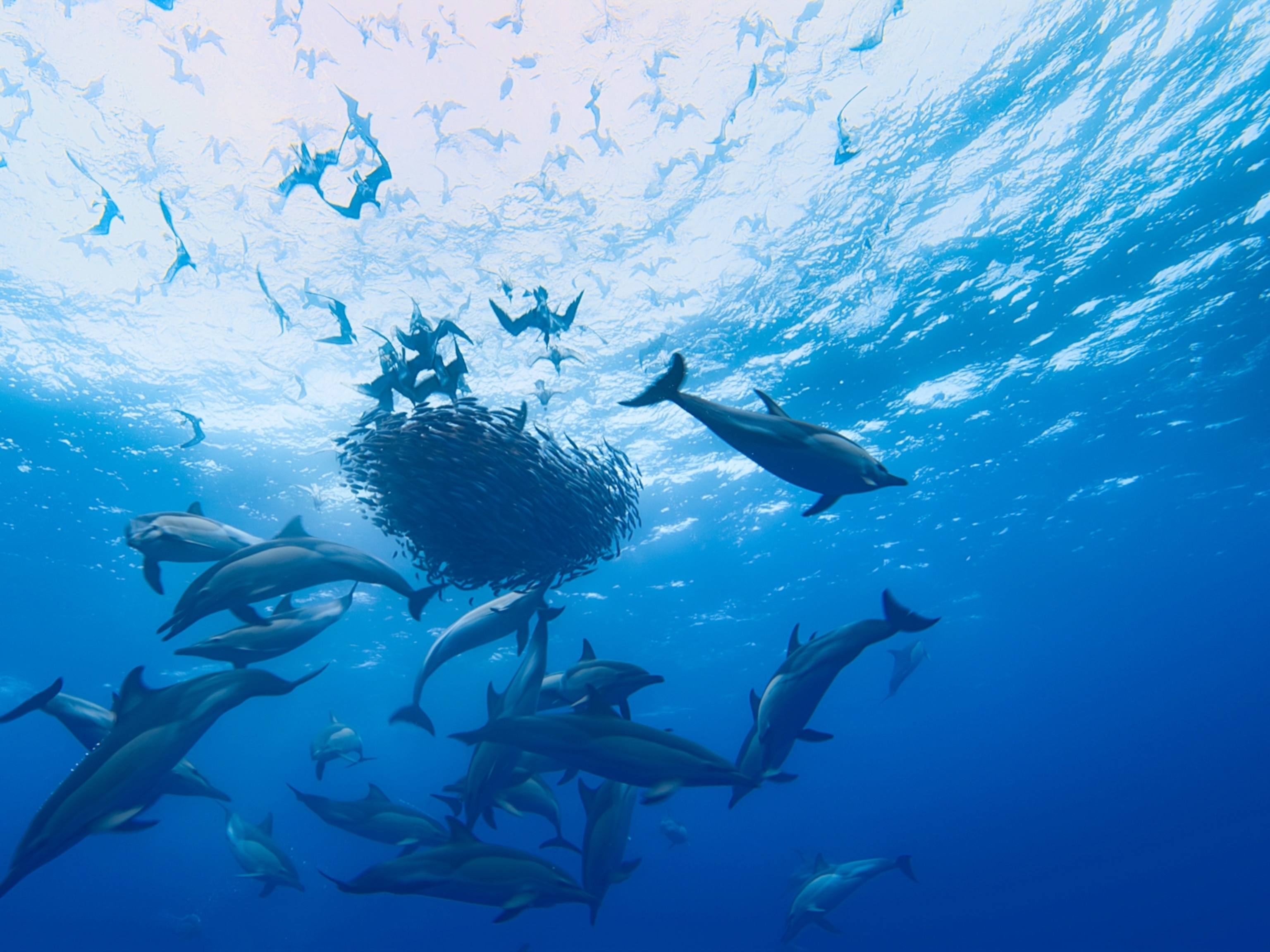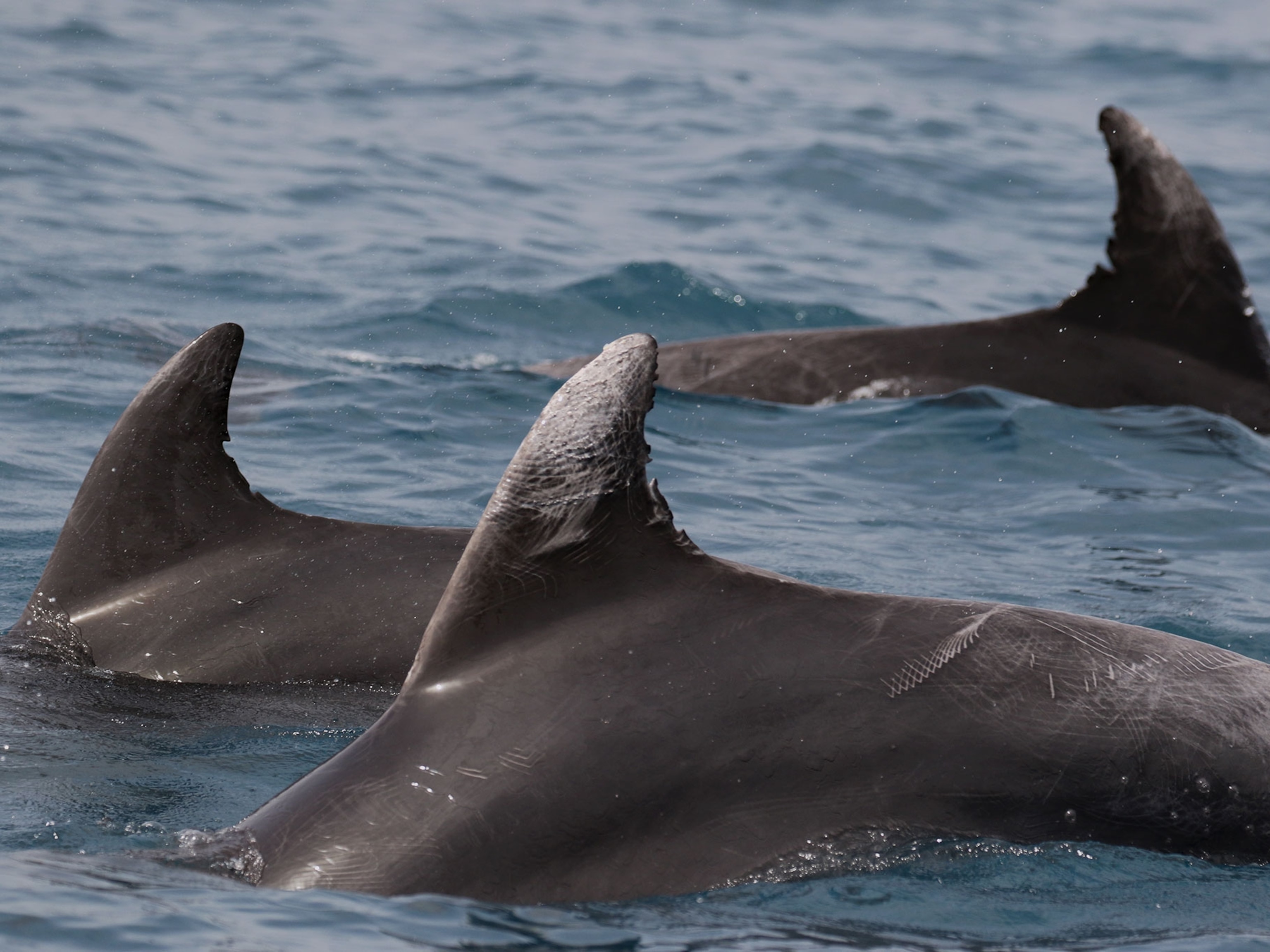Scores of Dolphin Deaths Have Scientists Baffled
Though the dolphin die-off has be attributed to a virus, the cause of the disease remains a mystery.
Since late last year, four or five dolphin carcasses have beached in Brazil each day. Scientists have confirmed that a virus is to blame, but the mortalities still have conservationists baffled.
The Associated Press reports more than 130 gray dolphins have washed up in the Bay of Sepetiba, a coastal area about 45 miles west of Rio de Janeiro, since late November. Another 40 dolphin carcasses were found on the neighboring island of Ilha Grande. Combined, that's more than 20 percent of the area's known dolphin population, which, at an estimated 800, may be the highest concentration of the species in the world.
Local conservation NGOs like the Boto Cinza Institute and SOS Botos have examined the carcasses' skin, blood, and bones under the suspicion that a bacterium or virus was to blame. The School of Oceanography at the State University of Rio de Janeiro confirmed that cetacean morbillivirus, which can infect dolphins, porpoises, and whales, killed the marine mammals.
But scientists aren't sure what caused the outbreak, or how long it might last. They are still trying to determine other reasons for the dolphin die-off.
The virus attacks the animals' immune systems, resulting in skin lesions, pneumonia, and different types of infections. Boto Cinza Institute chief coordinator Leonardo Flach told StoryTrender in early January that if a pathogen-related disease was diagnosed, 70 to 80 percent of the population could die. Cetacean mirbillivirus can spread between animals through inhalation or contact. Often living in pods of up to 200 individuals, dolphins have close relationships, and a contagious illness could be devastating.
"One day we will find dolphin corpses that are male and adults, and the next day, female and [young]. But most of them are skinny and with deep skin lesions," Flach tells ABC News.
In the northeastern United States, strains of morbillivirus killed harbor seals in 2006 and bottlenose dolphins between 1987 and 1988. The disease caused more dolphin die-offs in the Gulf of Mexico in 1992 and 1994. There have been no documented cased of morbillivirus in people, or in the fish or shellfish we might eat.
Gray dolphins are listed as data deficient, but Flach says the species should be considered endangered. In the past, the mortality rate of the area's gray dolphins was about five each month, attributed to overfishing and chemical pollution. In 2016, 69 of the marine mammals were reported dead and in 2010, 32 dolphins were found dead.
Related: 14 Photos of Sharks
Flach says areas surrounding Rio de Janeiro are very polluted and illegal dolphin hunting is rampant. The Bay of Sepetiba is bordered by condominiums, shipyards, and ports, but it's unclear how the development could be affecting the marine mammals.
"They are an endangered species," Flach says, "but with now this unknown disease, we hope to be able to put more pressure on the officials to help us to save the dolphins."
This story was originally published on January 8 and has been updated on January 12 with information on the cause of death of the dolphins.


















